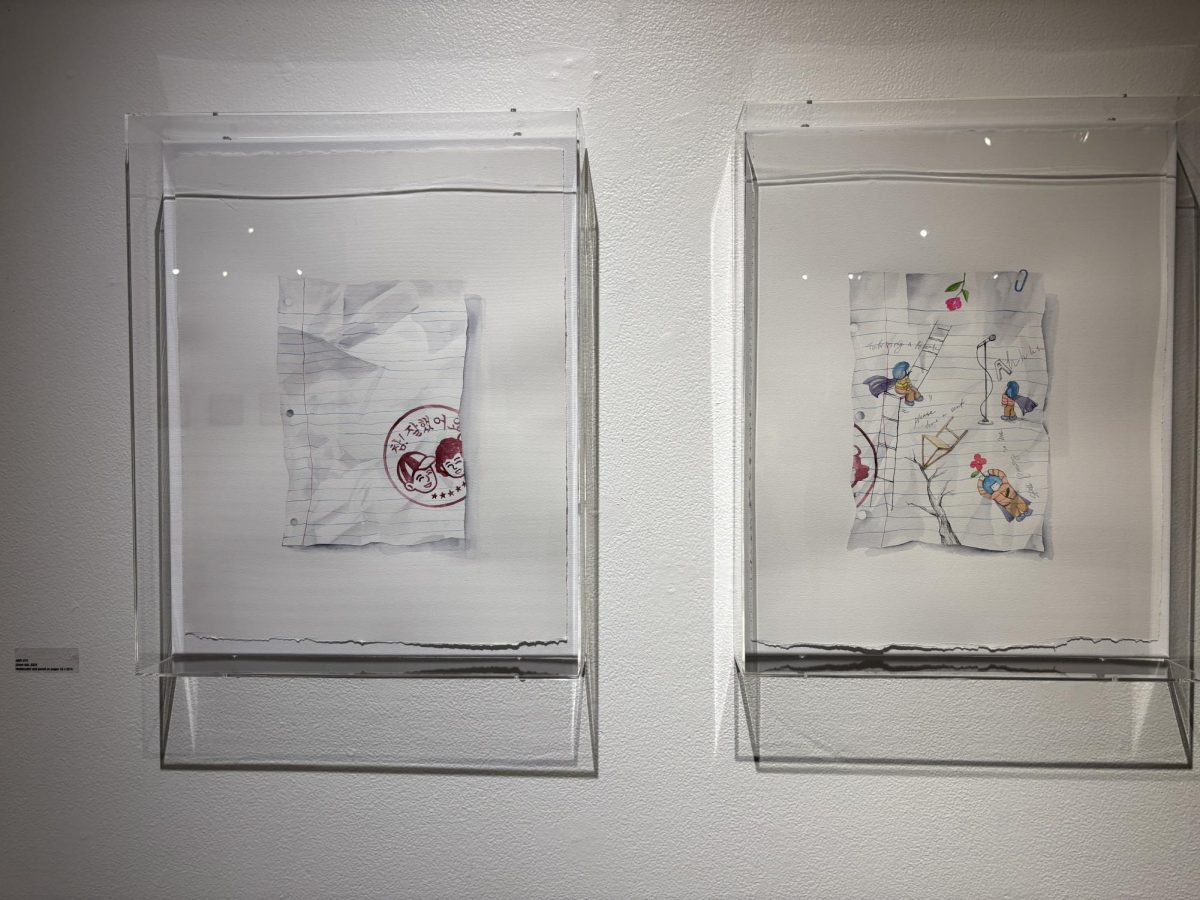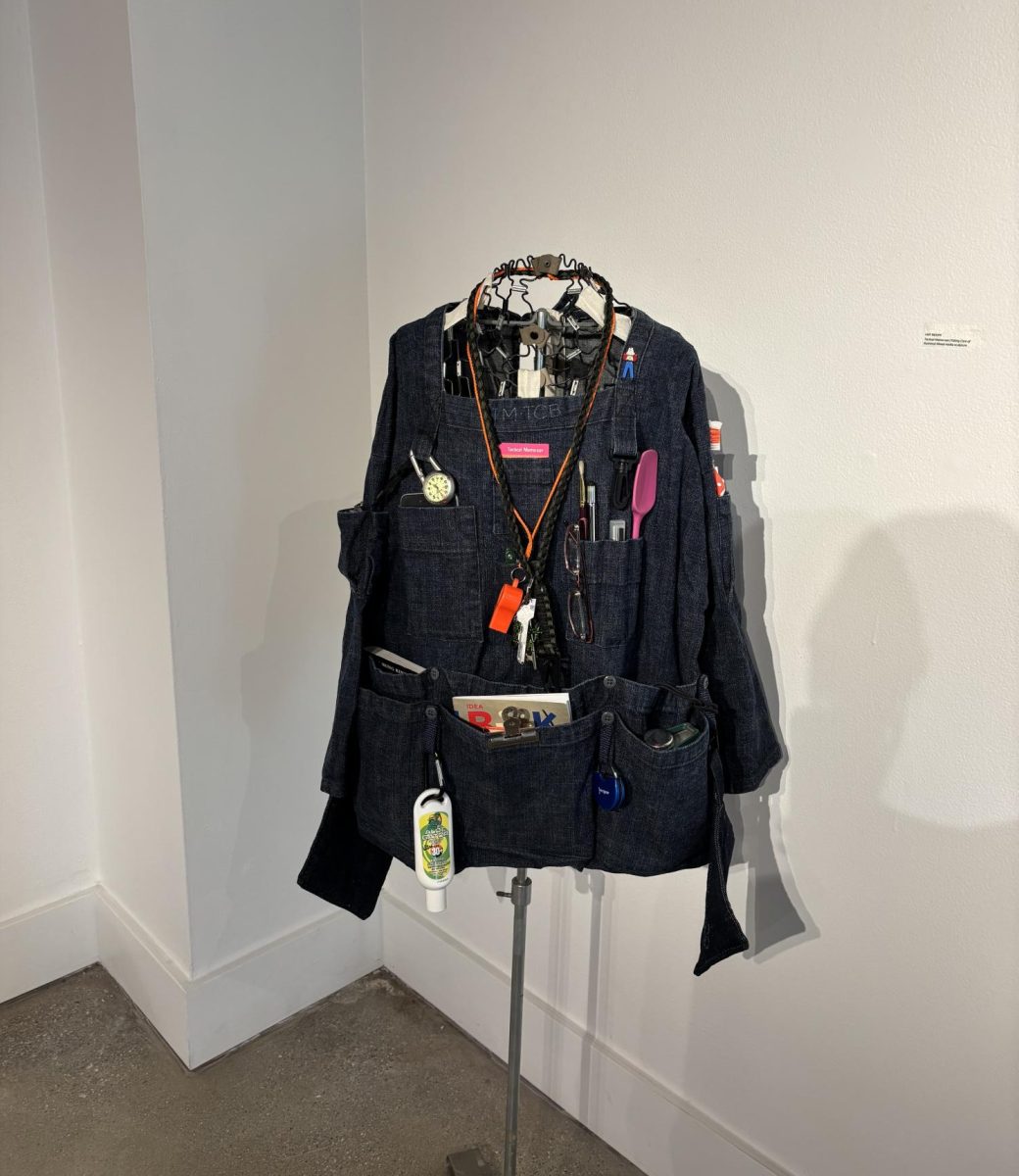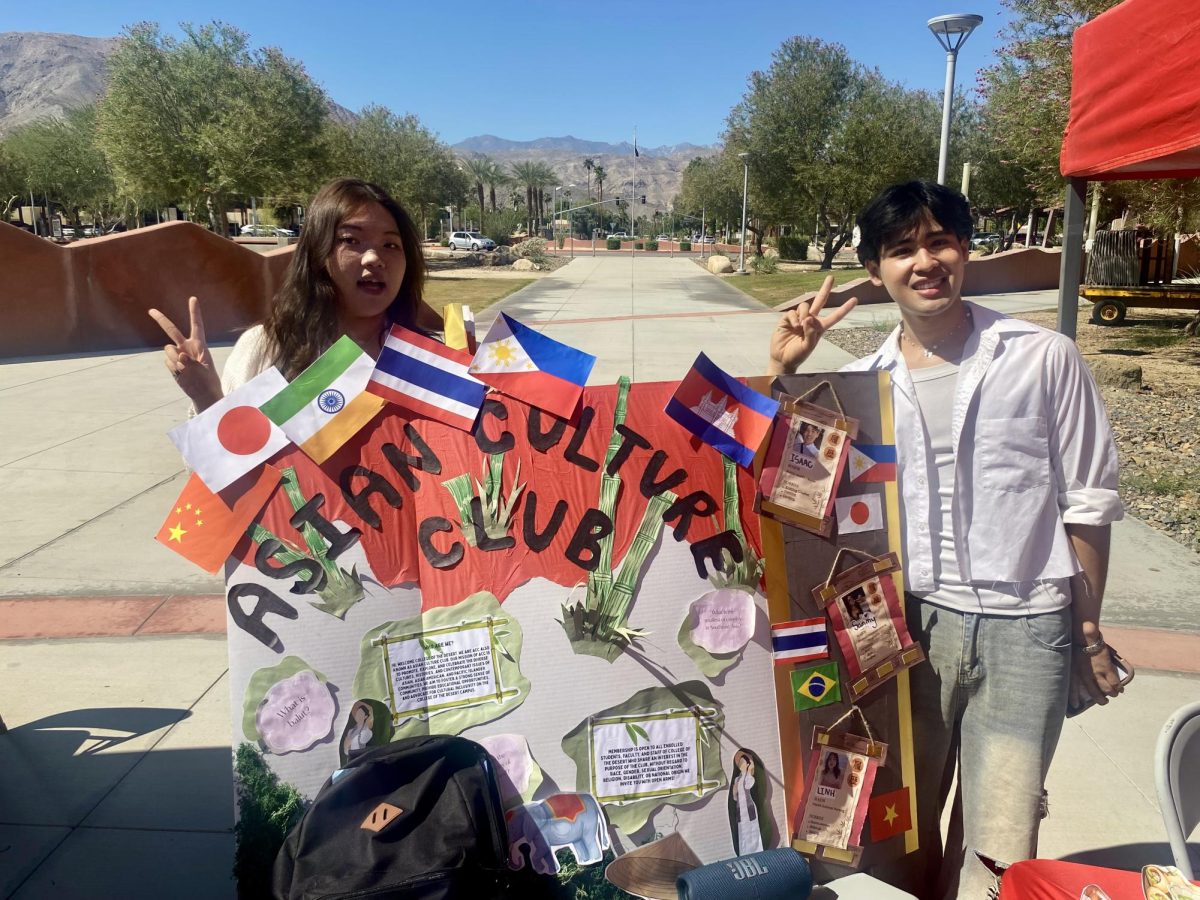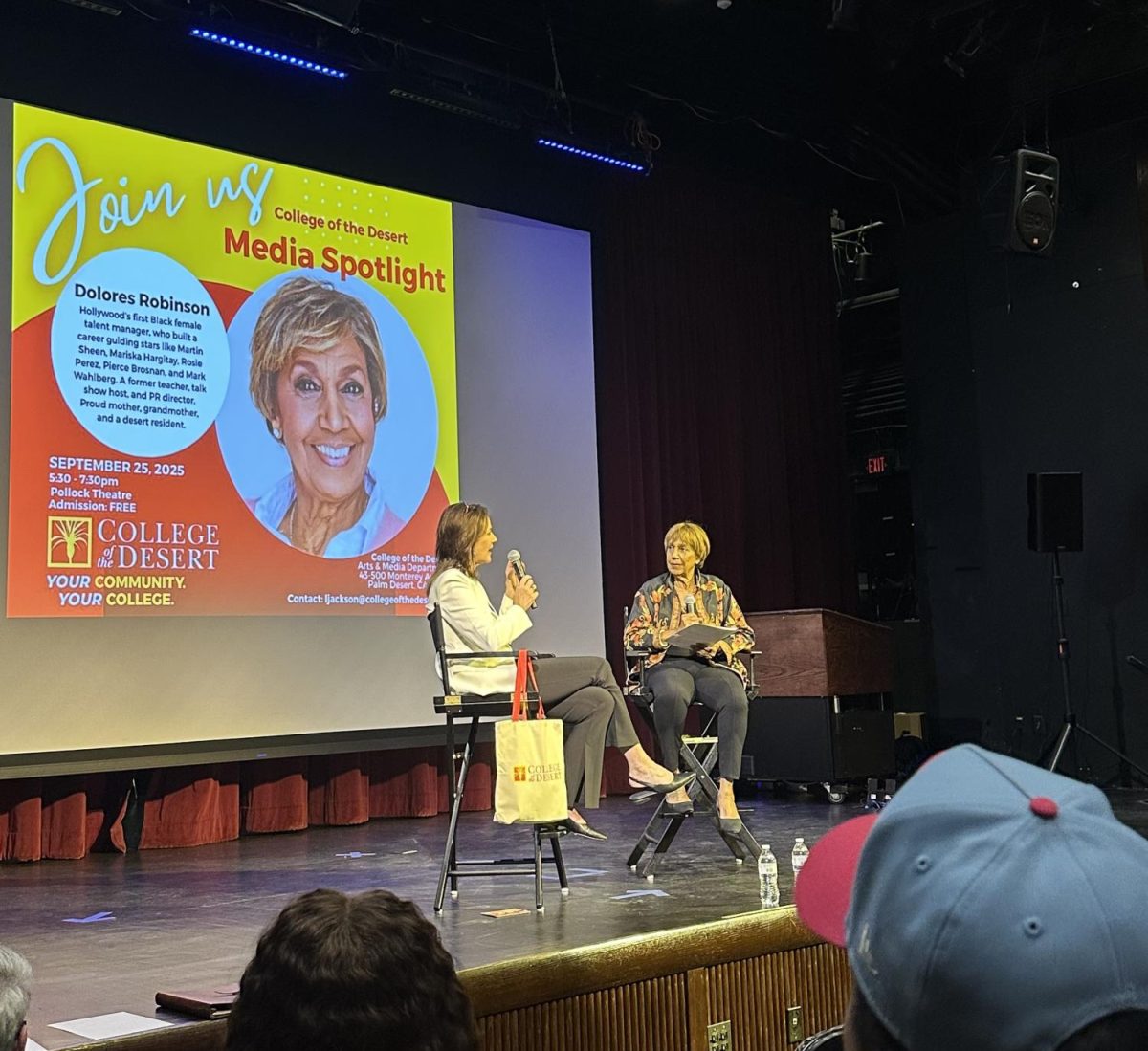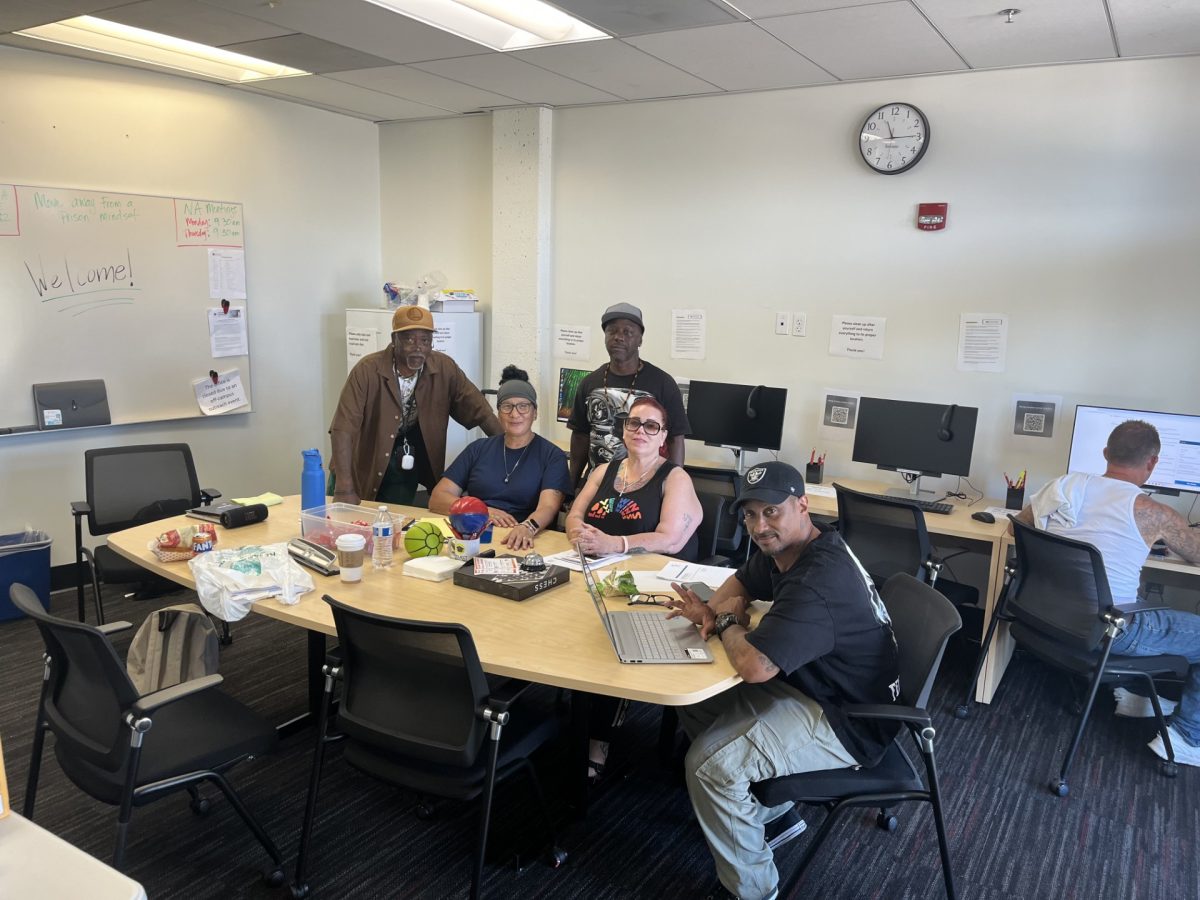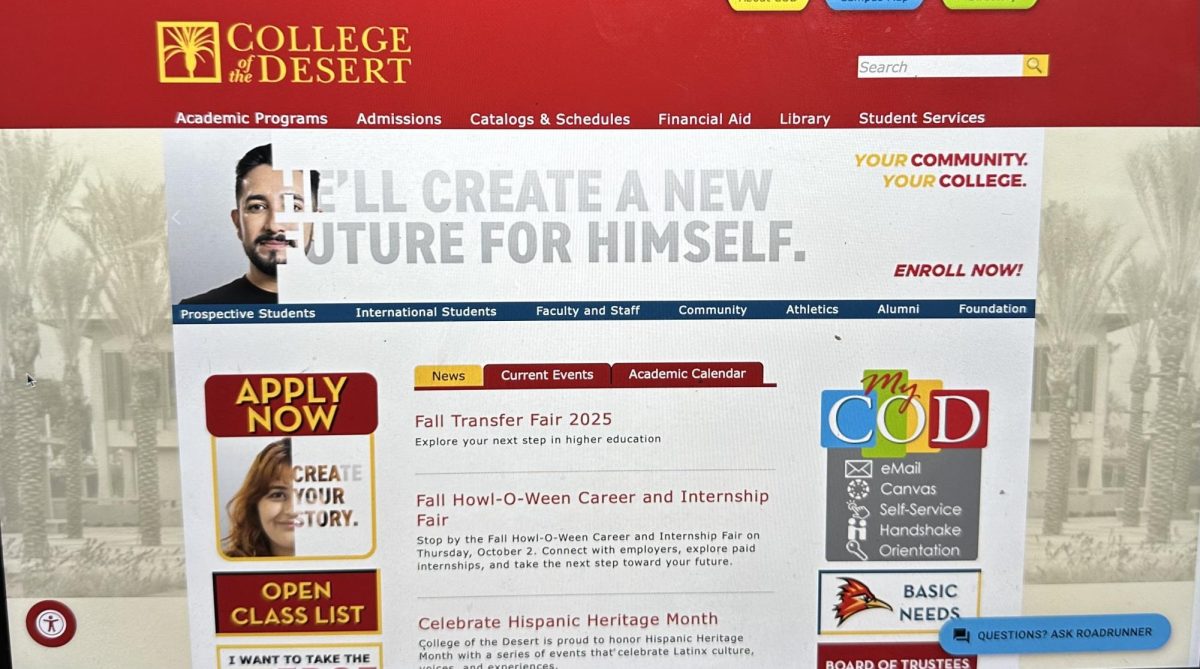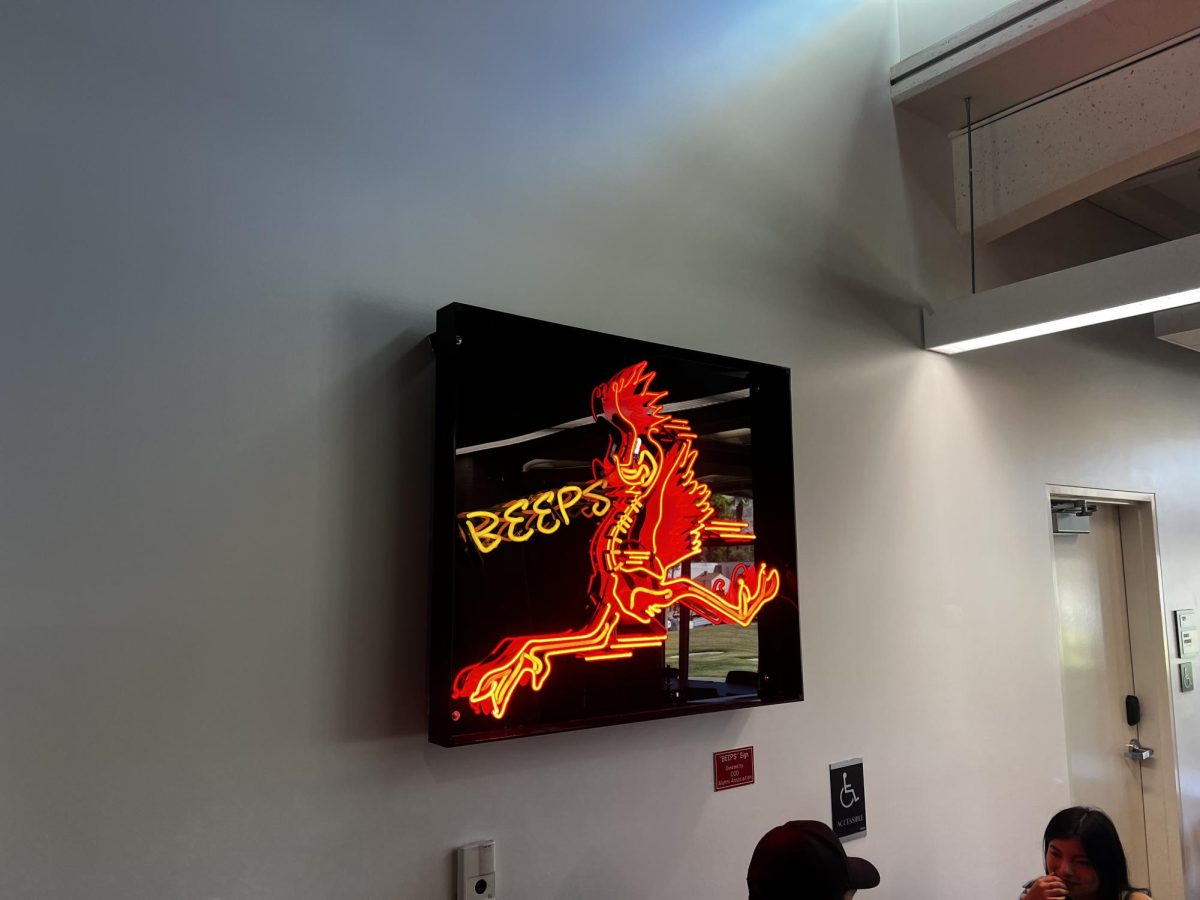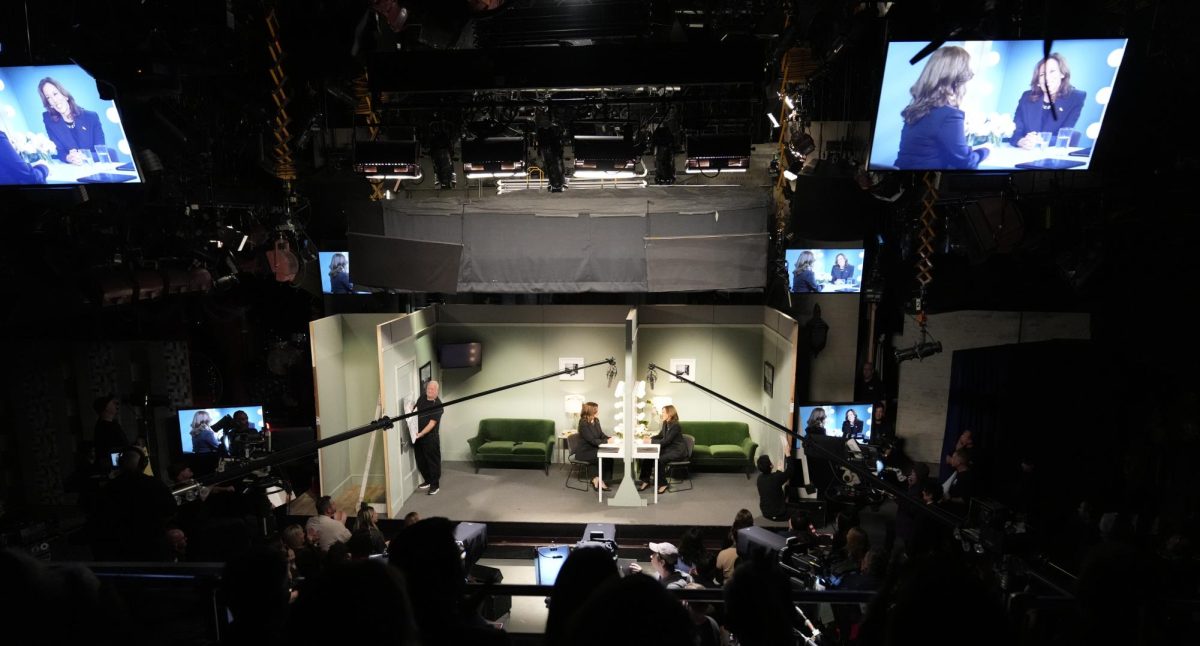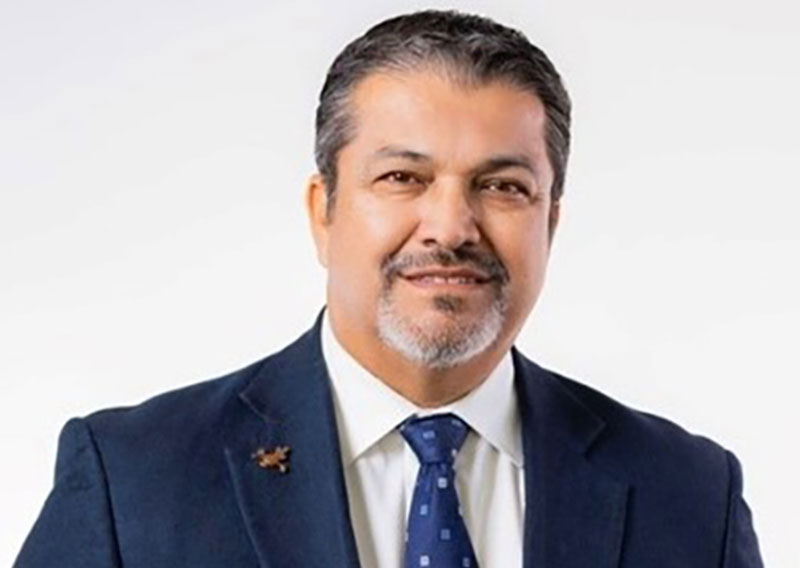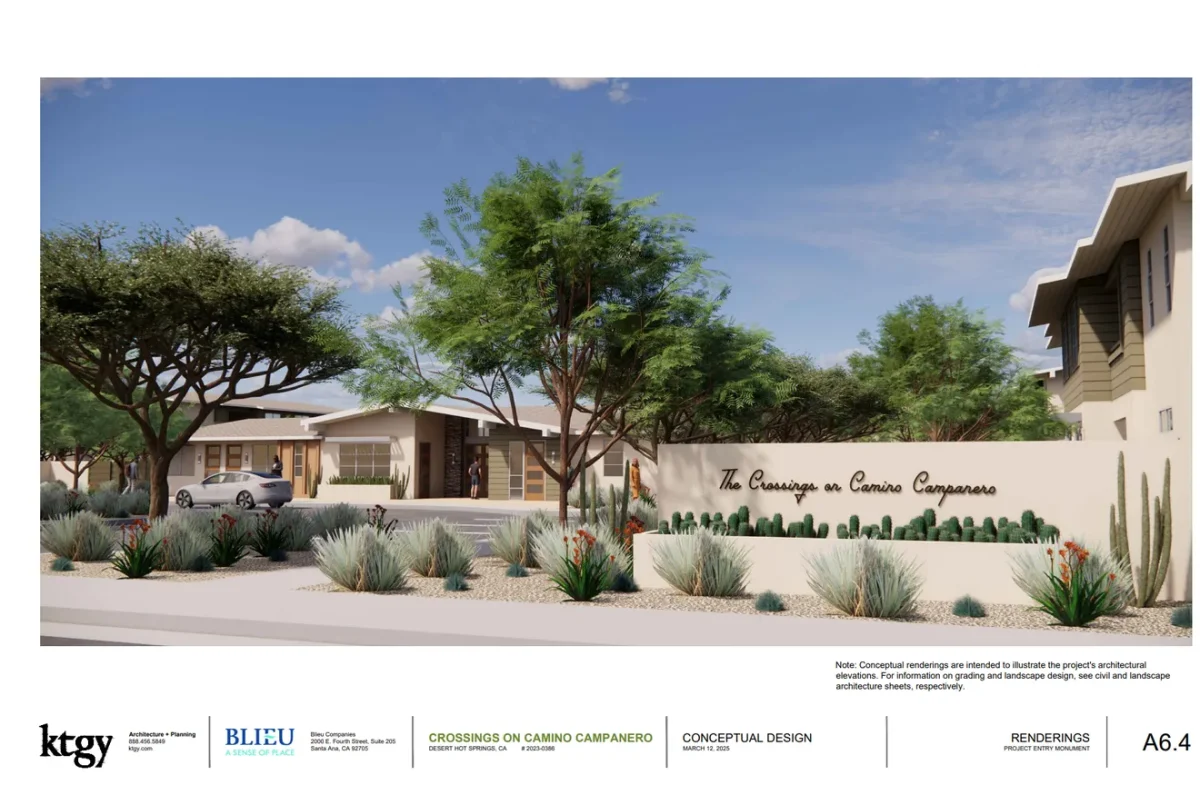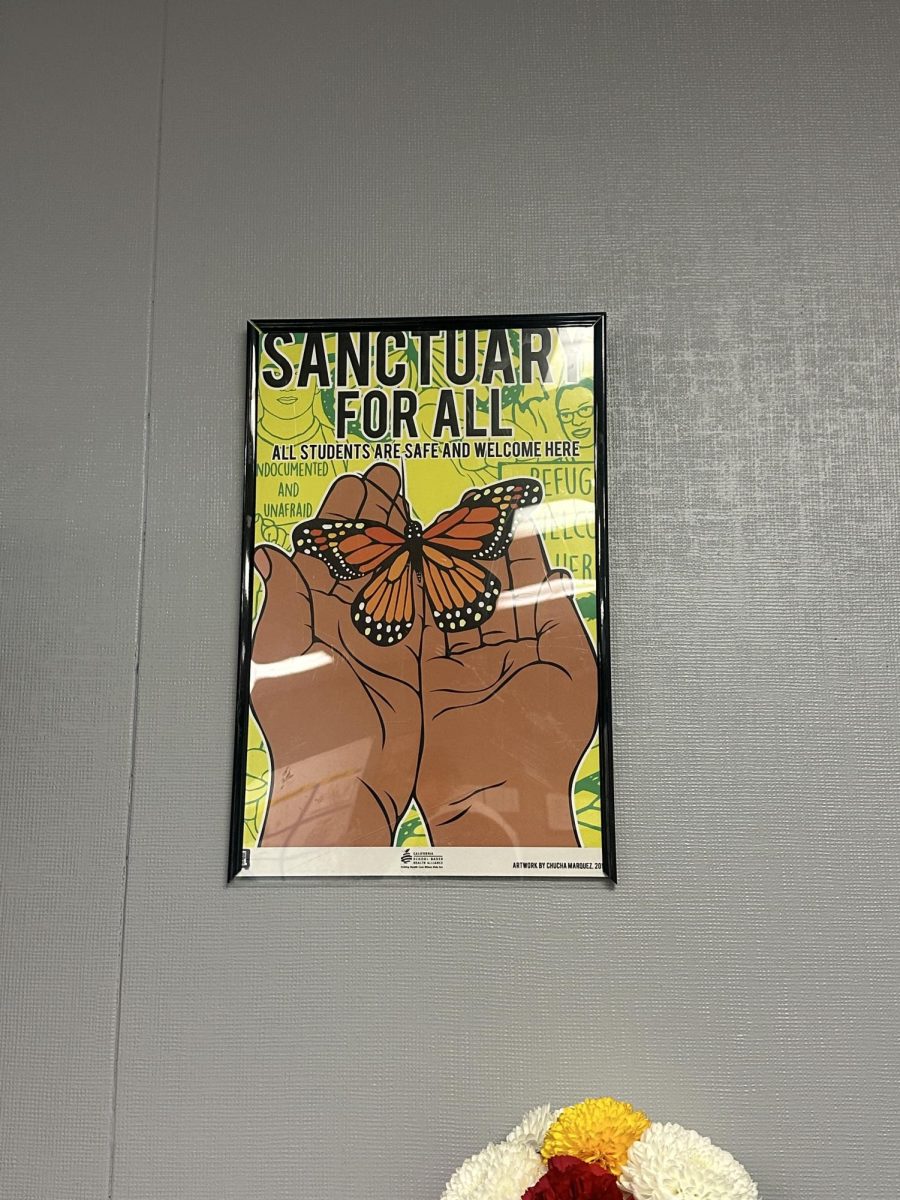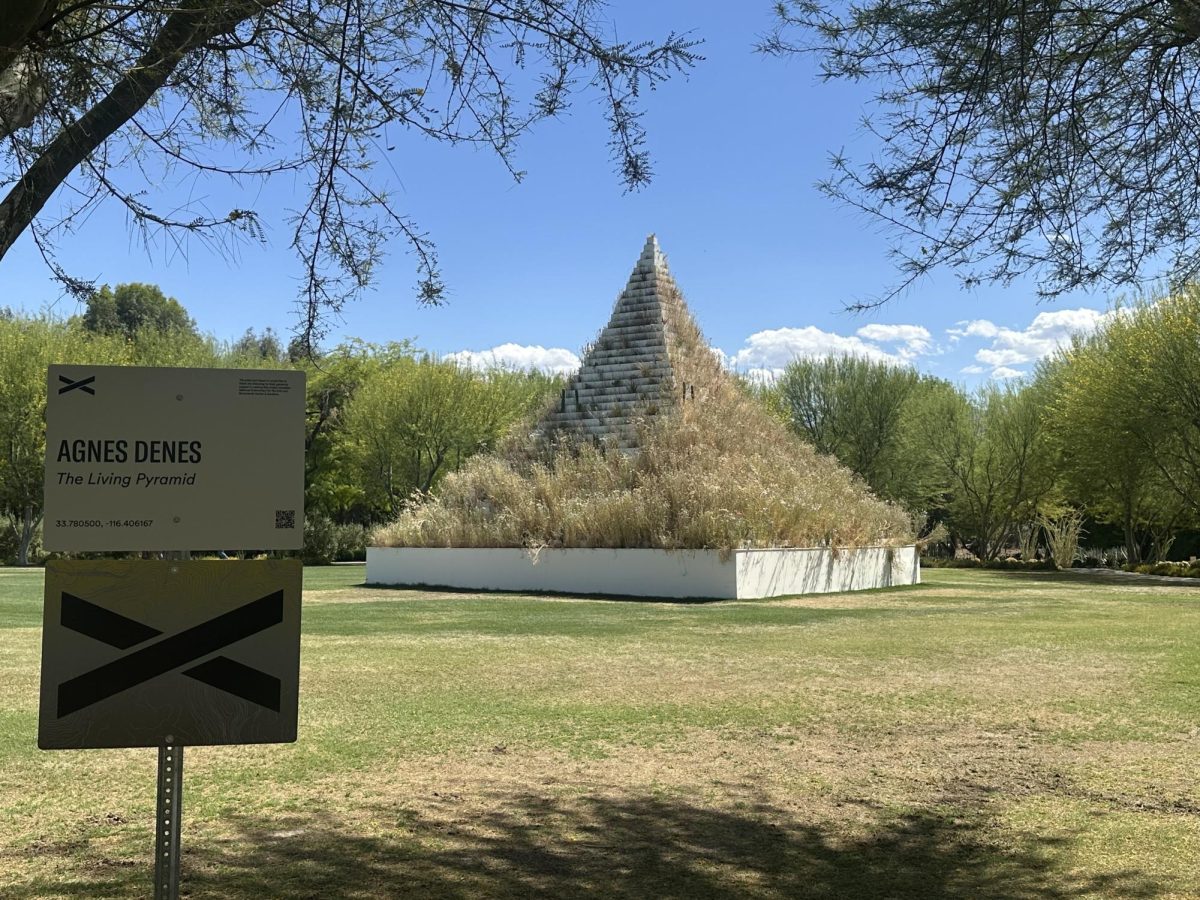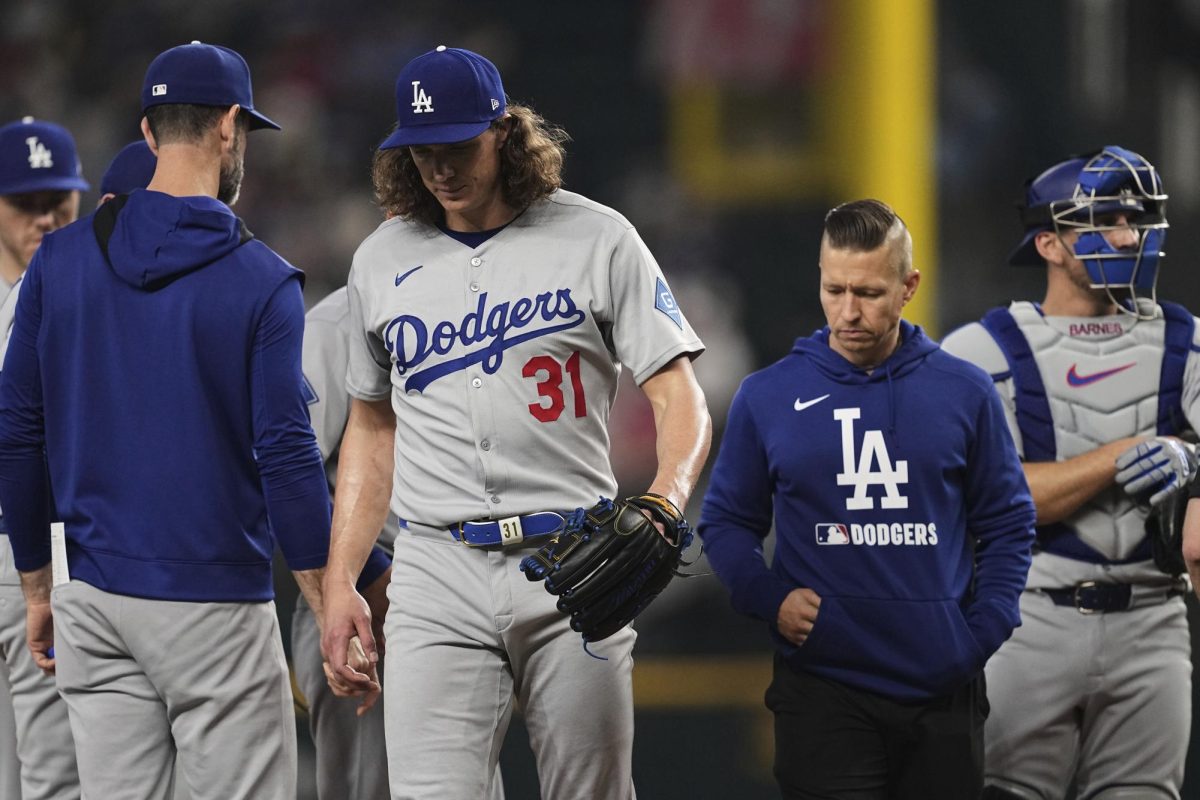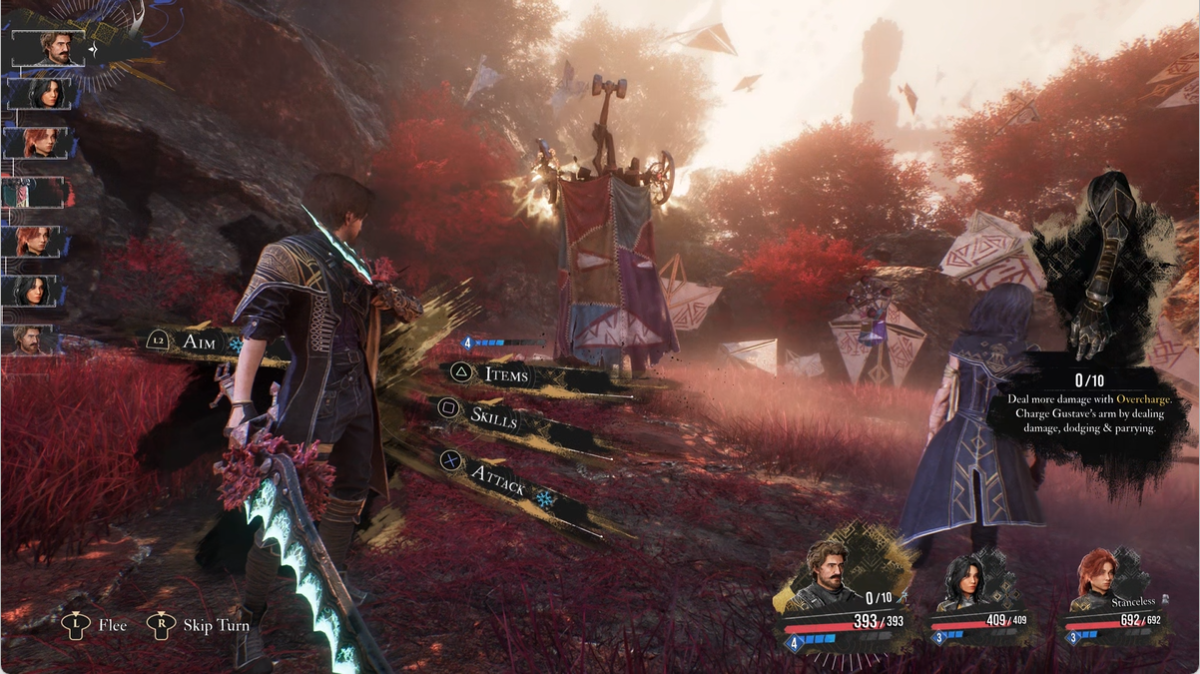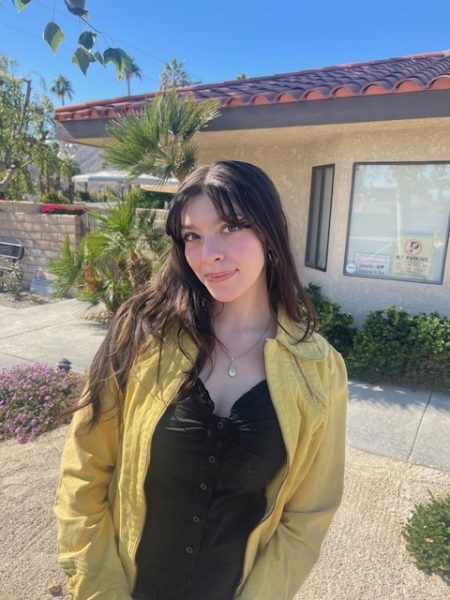The Walter N. Marks Center for the Arts debuted the Moon & Stars in the Desert exhibition on Feb. 6. The exhibition is a Celebration of Femme Asian American Pacific Islander Artists of California curated by Sung-Hee Son. The show doubled as an art market for students, alumni and staff.
The event came with complimentary food and drinks. Filipino food was served by Lola Sally’s Kusina and coffee was served by 58 Hester Coffee.
The Moon & Stars exhibition features the works of 20 emerging artists whose work spans multiple themes and types of media. This exhibit continues the Moon & Stars series, which began at bG Gallery in Bergamot Station.
Son got the idea for the gallery years ago when she first heard about AAPI Heritage Month. Despite the celebration being around since 1978, AAPI Heritage Month goes widely unrecognized. When Son could not find any art galleries celebrating the month across the United States, she decided to create her own.
The name for the exhibit comes from the interpretation of the term “Moon and Stars” in Asian culture. The moon is often associated with the feminine or yin energy. Intuition, cycles in nature, transformation and the subconscious. The stars symbolize guidance and hope. They also represent cosmic order and light within darkness.
“When we combine these concepts, the moon and stars often symbolizes a balance of yin and yang energies, of intuition and logic, as well as dreams, aspirations and the infinite possibilities of the universe,” Son said.
One artist featured in the exhibit was Yoshie Sakai. Sakai creates digital media pieces, and showcased two of her video projects at the gallery. Originally gaining her degree in drawing and painting and being more fond of collages, Sakai turned her attention towards creating digital art in grad school after a conversation with artist Lynda Benglis.
One of the works showcased by Sakai was a single channel video titled “Grandma Nightclub” which is a part of her recent Grandma Entertainment Franchise. This franchise includes multiple videos and plushies and is comparable to Sakai’s own mini Disney. “Instead of making a Minnie I wanted to create Grandma,” she joked.
The Grandma Entertainment Franchise draws inspiration from Sakai’s own grandmother, or Obachan, as well as elders in her community. “It’s kind of to celebrate our elderly population for all their sacrifices, and that the elderly aren’t always like sick or feeble, but they’re active,” she said.
Her other piece in the exhibit is called “KOKO’s Love: Episode 1.” This piece is also a single channel video loosely based on Sakai’s own life. She takes inspiration from soap operas that her 91 year old mother watches and tries to exaggerate the satire.
Humor is a big part of Sakai’s work, but so is accessibility and common understanding. She encourages people, especially students to come out and appreciate art, even if it’s not something very familiar to you. “Well I just think art is just a fabulous thing…I think it’s really important in this kind of educational atmosphere, like at a college. Especially because students want to learn…I mean you’re here cause you want to learn, hopefully. I think it’s a good place to start that interest if you didn’t grow up with it,” she said.
Another part of the exhibit, aside from the works displayed inside the gallery, was a group called Improv Taiko, who perform Japanese Taiko drums known as Kumi-daiko. The group is composed of four experienced Taiko drummers: Lili Miura, Mike Singleton, Edward Nakashima, and Robert Friedrich. The group did an initial performance at the beginning of the night before closing out the event with another performance that included audience participation.
Friedrich describes the feeling of playing Taiko as euphoric. “What it means to me is it is a release of feelings, energy if you will. The really interesting thing is, the drums are made of everything from the earth, wood, metal, cowhide. When you hit something that is made from earth materials it emits an energy, and if you hit it hard, it hits back to you hard with the energy,” he said. Miura also notes that many of the songs, like the drums, are derived from nature.
Singleton encourages people to explore Taiko. “It’s great exercise and a lot of fun. For someone who’s not musically trained, it’s an opportunity to play an instrument, and you can learn it relatively easy compared to classical instruments,” he said.
In addition to the Moon & Stars exhibit, the event also served as an art market for the community.
Gigi John, a second year student finishing up his time at College of the Desert, was outside selling ceramics, patches, commissions, stickers and pins. John emphasizes that supporting student artists is important because society runs on having a higher education. “It’s unfortunate, but it’s the way the world works at the moment. It’s important to show that you care about your local community and that you will willingly support someone, whether it be just going to their Instagram or social media in general. You don’t have to buy anything, just support them by sharing their stuff, you know,” he said. You can find John’s work on his Instagram.
Benji Bautista, a second year student and active member of the COD Pride Center, sold homemade leg warmers, bonnets, gloves and hand pressed/hand bleached t-shirts at the market. Bautista says it’s important to support local artists because art is not always the easiest or most financially stable career to pursue. “Artists tend to struggle a lot. Making art isn’t the most lucrative business venture, you know? It’s very important to make sure people are getting their bills paid,” he said. Bautista also notes that art markets and galleries are a great way to “learn cultures, learn different perspectives, and meet new people.” Bautista is also a drag queen and will be performing at the COD drag show in April. You can find Bautista’s work on Instagram.
The Moon & Stars in the Desert exhibit will be on display until March 28. Make sure to follow The Marks Art Center for more upcoming events.

